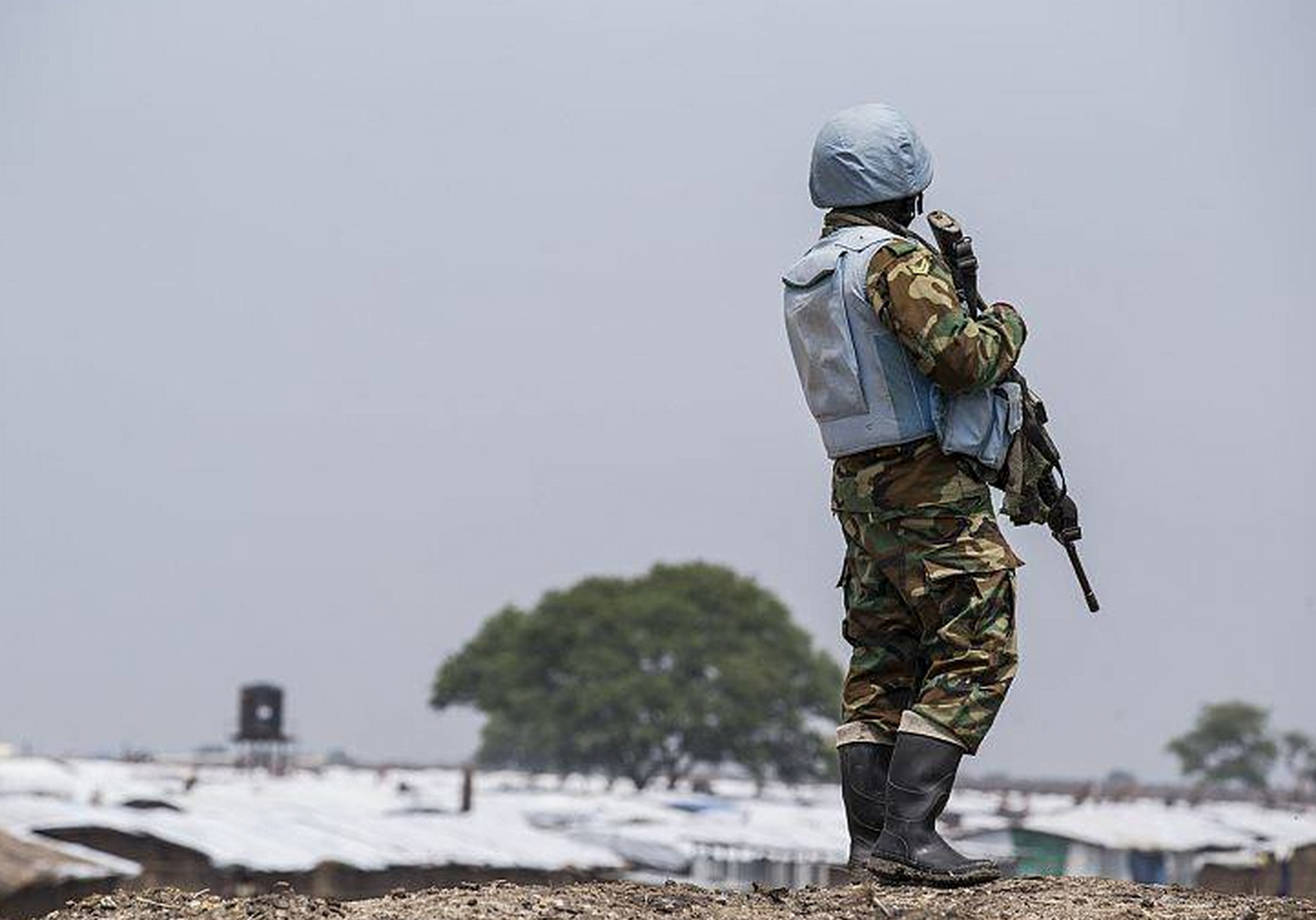On February 22nd, two long time foes, President Salva Kiir and Riek Machar signed a power-sharing agreement to formally end South Sudan’s brutal six-year civil war. The accord determined that Machar and other opposition leaders would be vice-presidents in a new government of national unity.
The civil war in South Sudan broke out in December 2013, when President Salva Kiir accused his-then vice president Riek Machar of fomenting a coup. The fighting escalated very quickly and took on ethnic dimensions as well. Over the years there have been different attempts at peace, but each attempt has failed which is why there is so much riding on this February 22nd agreement.
On the line with me to discuss this peace agreement is Jok Madut Jok. He is a professor at the Maxwell School of Citizenship and Public Affairs at Syracuse University and a senior analyst with the Sudd Institute, which is a public policy center based in Juba, South Sudan.
We kick off with an extended conversation about the causes and consequences of South Sudan’s civil war and then get into some analysis about whether or not this agreement can hold. If you have 20 minutes and want to learn what is included in this peace deal and whether or not it can bring relief to the people of South Sudan, have a listen.
Get the Global Dispatches Podcast
Apple Podcasts | Google Podcasts | Spotify | Stitcher | Radio Public
The Beginnings of the Civil War
December 2013 marks the beginning of South Sudan’s civil war. While there is some speculation as to how this war started, the root cause comes back to a particular accusation. Back in December, the president of South Sudan, Salva Kiir, accused his vice president, Riek Machar, of instigating a coup. Around 10:00 pm that evening, a violent fight broke out amongst a splitting national army. Suddenly members of the SPLA, Sudan People’s Liberation Army, were divided into two ethnic groups.
Jok Madut Jok, a professor at the Maxwell School of Citizenship and Public Affairs at Syracuse University and a senior analyst with the Sudd Institute, explained this separation. “That split very quickly took this ethnic overtone where the SPLA members of the Dinka ethnic group went after people who were ethnic Nuer because of this fear that the Nuer were going to support Machar who is also Nuer himself.” Although a lot of these people were colleagues, this conflict, fed by their ethnic differences, led to about 400,000 deaths and millions of displaced persons.
At times, there were small moments of hope in terms of ending this conflict. In 2016 a power-sharing agreement signed by Machar and Kiir was implemented. But a few months after it was signed, Riek Machar brought his security forces into Juba and another fight broke out. Jok says, “… that reignited the civil war and the civil war continued then for the next two years until September 2018.”
Attempting to Mend
In September 2018, another peace agreement was signed and the civil war began to die down. Since then, a ceasefire has been in place in South Sudan. From there, the goal was to form a coalition government in April 2019, but doing so would require preliminary efforts. Jok Madut Jok said that controlling the soldiers was one of those pre interim issues that needed to be worked out. To accomplish that, cantonment camps were necessary “. . . to bring all the militia forces and put them in camps and all the government forces put in camps away from civilian areas. The idea was to sort of demilitarize the ordinary society and move guns away from everyday interactions. . . to eventually [form] a national army out of this.”
Unfortunately, not all of the pre interim conditions were met by that time, so they had to extend the agreement to November. Still, even after the time expansion, the preparatory requirements had not been fulfilled. Jok Madut Jok explains, “The government kept saying that it could not do the cantonment. It could not do the training because it takes money to do this and the government says it does not have the resources.” After that, a 100 day extension was made. Their new aim was to complete all of the pre interim requirements and form a government by February 2020.
The Hesitancy to Hope
Finally, on the 22nd of February, President Salva Kiir and Riek Machar signed the power-sharing agreement. This event makes South Sudan’s future looks brighter, but concerns still linger for some. While Jok Madut Jok believes that Kiir and Machar were genuine in their desire for peace, he is not extremely optimistic. He voices his fears by saying, “my feeling is that if there is no investment in rebuilding the relationships between various communities throughout the country in mending those ethnic relations that have been so immensely wrecked by this war, then what this peace agreement means is just a little more than a postponement of conflict.”
